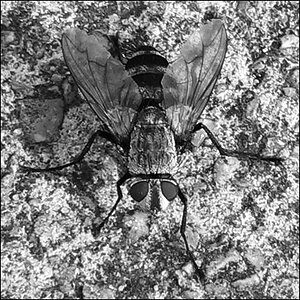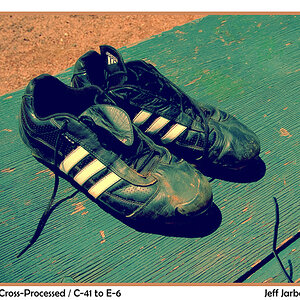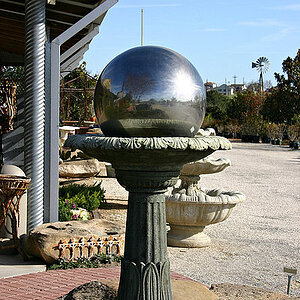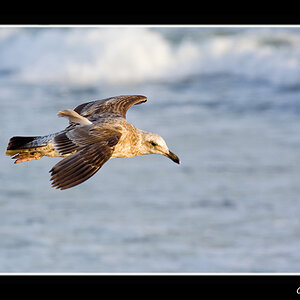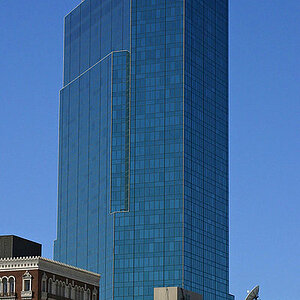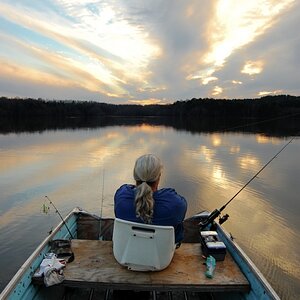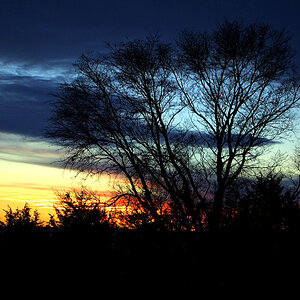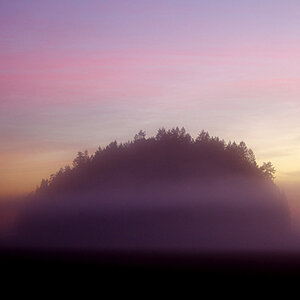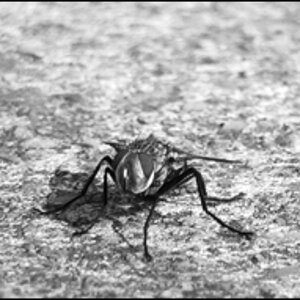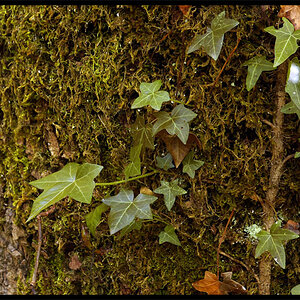TiaS
TPF Noob!
- Joined
- Jan 23, 2010
- Messages
- 116
- Reaction score
- 0
- Location
- Newfoundland
- Can others edit my Photos
- Photos OK to edit
I am new to this forum and hope to glean some great info from you all. I have owned my first SLR for less than 3 months and I have one major question about using it.
I live on the coast and most of our days are cloudy. I have the kit lens for my Canon (18-55mm). My problem is this:
-when I want to shoot the landscape I want a very small aperture so that it is all in focus and sharp. But when I do this, I have to make my shutter speed so slow that the pictures have decent exposure. This causes hand shake and the whole shot is slightly blurry.
-when I turn around a moment later to capture a photo of my kids, who are in constant motion, I need a quick shutter speed and an aperture that will allow for their whole body to be in focus.
[FONT="]What I want is very small apertures for landscape photos with a fast enough shutter speed for no hand shake. Or I want to have a very fast shutter speed for the kids and than have an aperture that is not to large because I want to focus on the whole body or even the background too at times. But it seems to always be cloudy lately and I always have to compromise either my aperture, which gives me a very small depth and field, or the shutter speed, which gives my pictures hand shake.[/FONT]I have fiddled with my ISO and it does help, but not enough. When I have my ISO at 400 it seems that the only way I can get proper exposure is to have my aperture as large as possible and am lucky if I can get a shutter speed as fast as 1/80, in order to have my photo not too dark or too light.
I do shoot in RAW which does help, but I can't have my photos too black or they get noisy when I expose them too much on the computer.
So that is my question. Hope it makes sense and that there is some simple solution.
This is my first post and I am looking forward to browsing this board and meeting you all
I live on the coast and most of our days are cloudy. I have the kit lens for my Canon (18-55mm). My problem is this:
-when I want to shoot the landscape I want a very small aperture so that it is all in focus and sharp. But when I do this, I have to make my shutter speed so slow that the pictures have decent exposure. This causes hand shake and the whole shot is slightly blurry.
-when I turn around a moment later to capture a photo of my kids, who are in constant motion, I need a quick shutter speed and an aperture that will allow for their whole body to be in focus.
[FONT="]What I want is very small apertures for landscape photos with a fast enough shutter speed for no hand shake. Or I want to have a very fast shutter speed for the kids and than have an aperture that is not to large because I want to focus on the whole body or even the background too at times. But it seems to always be cloudy lately and I always have to compromise either my aperture, which gives me a very small depth and field, or the shutter speed, which gives my pictures hand shake.[/FONT]I have fiddled with my ISO and it does help, but not enough. When I have my ISO at 400 it seems that the only way I can get proper exposure is to have my aperture as large as possible and am lucky if I can get a shutter speed as fast as 1/80, in order to have my photo not too dark or too light.
I do shoot in RAW which does help, but I can't have my photos too black or they get noisy when I expose them too much on the computer.
So that is my question. Hope it makes sense and that there is some simple solution.
This is my first post and I am looking forward to browsing this board and meeting you all


